restoring old shellac interior wood trim
txslim
15 years ago
Featured Answer
Sort by:Oldest
Comments (7)
housekeeping
15 years agoRelated Professionals
Clarksburg Kitchen & Bathroom Designers · Hershey Kitchen & Bathroom Designers · Wentzville Kitchen & Bathroom Designers · South Farmingdale Kitchen & Bathroom Designers · Calverton Kitchen & Bathroom Remodelers · Eureka Kitchen & Bathroom Remodelers · Fairland Kitchen & Bathroom Remodelers · Omaha Kitchen & Bathroom Remodelers · Paducah Kitchen & Bathroom Remodelers · Pasadena Kitchen & Bathroom Remodelers · Tulsa Kitchen & Bathroom Remodelers · Walnut Creek Kitchen & Bathroom Remodelers · Weston Kitchen & Bathroom Remodelers · Fort Lewis Architects & Building Designers · Morganton Architects & Building DesignersUser
15 years agosombreuil_mongrel
15 years agogrowlery
15 years agohousekeeping
15 years agobrickeyee
15 years ago
Related Stories
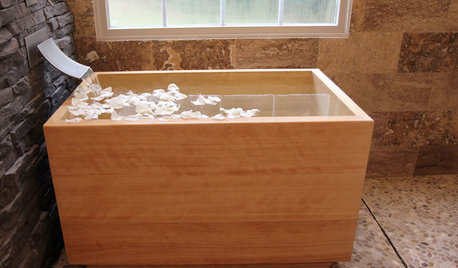
BATHTUBSRoom of the Day: Restorative Power of a Japanese Soaking Tub
A traditional tub made of hinoki wood sets a calming tone in this master bath renovation
Full Story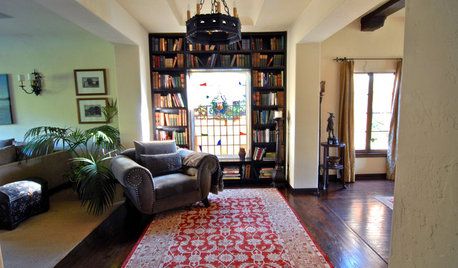
HOUZZ TOURSMy Houzz: Spanish Colonial Restoration in Hollywood
Honoring its Spanish heritage, a 1928 home in California becomes a romantic sanctuary and inviting space for entertaining
Full Story
REMODELING GUIDESMajor Remodel: Restoring a Queen Anne to Glory
Misguided 1970s changes marred this Victorian-era home in Portland, until a dedicated family moved in
Full Story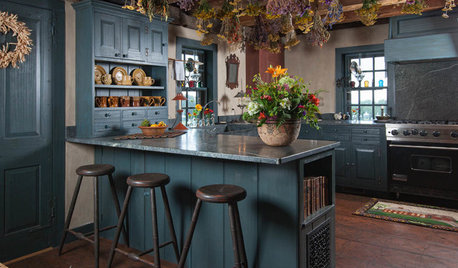
HOUZZ TV FAVORITESHouzz TV: See How Early Settlers Lived in This Restored Pilgrim House
Passionate restoration and preservation efforts give a 1665 home an honored place in the present
Full Story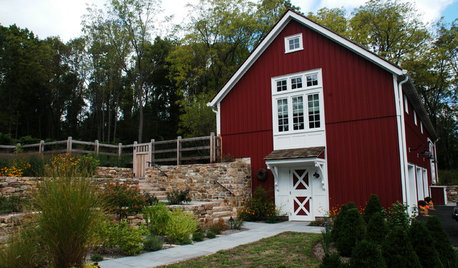
HOUZZ TOURSHouzz Tour: Farmhouse Meets Industrial in a Restored New Jersey Barn
Amish craftsmen, trusting clients and an architect with a vision save a historic barn from a complete teardown
Full Story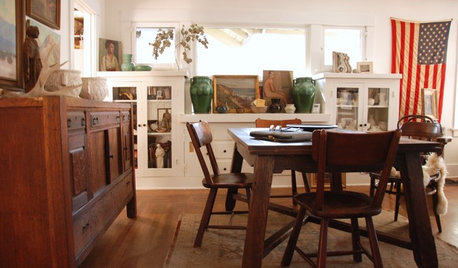
CRAFTSMAN DESIGNMy Houzz: Small-Space Living in a Restored Bungalow
See how this homeowner celebrates his personal style, his flea market finds and the heritage of his 1919 Long Beach home
Full Story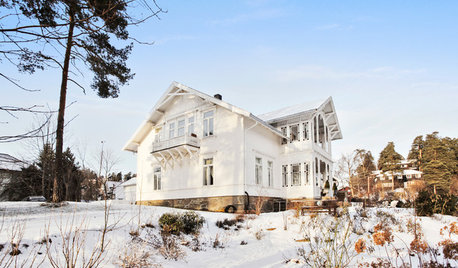
HOUZZ TOURSHouzz Tour: Updated Elegance for a 200-Year-Old Norwegian Mansion
Original details are restored to glory with a modern color palette and set off by fresh furnishings and a more open layout
Full Story
HOUZZ TOURSHouzz Tour: A Boston Brownstone Is Restored to Glory and Then Some
Victorian-era architectural details create a strong base for an eclectic mix of furniture, accessories and modern art
Full Story
HOUZZ TOURSHouzz Tour: Restoration Revives a Historic Italianate Home
Painstaking work on a 3-bedroom in St. Louis results in a home that marries modern conveniences and respect for the past
Full Story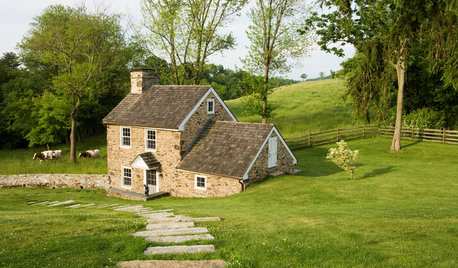
BEFORE AND AFTERSRestoration Rallies a 1790 Stone Springhouse
An old outbuilding gets a new purpose — several purposes, that is — thanks to careful efforts by stonemasons and architects
Full StoryMore Discussions










User